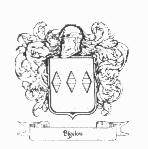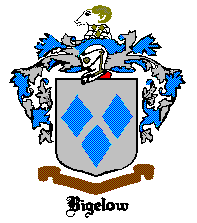
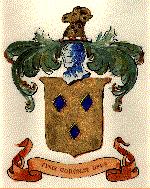
Coats of arms consist of the following parts:
1. A shield with decorations distinctive to a family.
2. A helmet, the position and shape of which shows the owner's rank of nobility.
3. Mantling or the ribbon-like stuff around the edges, which is in the main
colors of the shield.
4. A crest placed above the helmet.
5. A wreath, under the crest, or seven twist, in the same two colors of the
mantling.
6. An optional motto "Finis Coronat Opus" (usually added in later years).
Regarding the diamonds, or lozenges, on the "Bigelow" coat-of-arms: They are sometimes described simply as "three lozenges" or three in a row across the shield. In other descriptions, the specifications "two-over-one" is added. In Baguley Hall, Manchester, England, the Baguley (Bigelow) shield is displayed. It is also on the effigy of Sir Wm. Baguley and in both cases the lozenges are two-over-one.
The legal description, from some 650 years or more ago: Arms, Argent, three lozenges azure. Crest: a ram's head erased azure, charged with three lozenges and attired or. In summary: The shield is of silver, the three lozenges are of blue. The ram's head is of blue, lozenges on it's neck are of gold, as are the ram's horns. The wreath, under the crest, is of alternate twists of silver and blue. The helmet is of steel color and the mantle is of blue lined with silver. The ribbon is of silver.
Whether the Bigelow family are rightfully inheritors of the Baguley coat-of-arms, or johnny come lately imposters who adopted it in the last couple of centuries, is unsolved. It's use as a decoration, in the U.S., implies nothing other than a connection with the Baguley family. There is no custom forbidding its use as a decoration. In the United Kingdom, the use of heraldic designs falls under the rules of the country and is a different matter.
Suggested books: Mathew's, American Armory, 1906 edition, pp 34,57; Fairbairn's, Book of Crests, Vol. 1, p 29; Crozier's, General Armory, 1904 edition, p 22; Bolton's Armory; Encyclopedia of American Biongraphy, Vol. 32; any books by L.G. Pine, on Heraldry are very good; Visitation of Cheshire, 1580, by the Harleon Society, Plate 11,14 and page 148; History of the County of Palaline and City of Chester, by George Ormerod, London, 1819, 3 vol. folio.
This article was written by Loring Bigelow who also did the research. I merely transcribed it from a document provided by The Bigelow Society. The same is true for the following drawings.
 ...
... 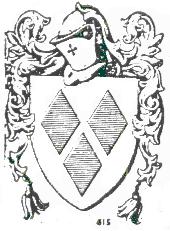 ...
... 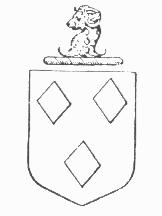 ...
... 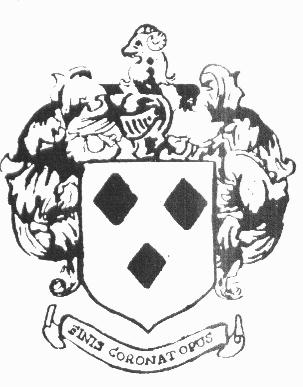 ...
... 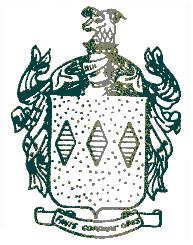
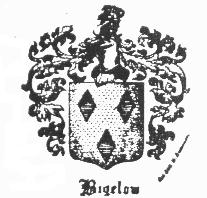 ...
... 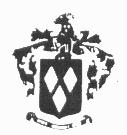 ...
... 